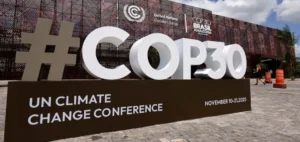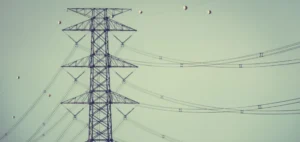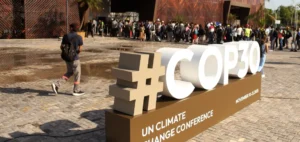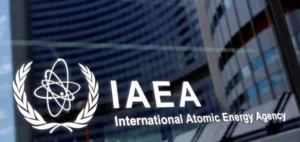Spanish Prime Minister Pedro Sánchez stated that authorities need time to analyse the exact circumstances of the power outage that occurred on April 28 and affected much of the Iberian Peninsula. Speaking before the Congress of Deputies, he said that no connection had been established at this stage between the blackout and the country’s growing renewable energy sector.
An unprecedented loss of capacity
According to data released by Spanish authorities, the outage caused an instantaneous loss of 15 gigawatts of capacity, representing approximately 60% of the country’s total electricity consumption at the time. This level of disruption was described as “unprecedented” by the government. The primary disturbance occurred at 12:33 local time and impacted the entire peninsular electricity system.
Pedro Sánchez explained that three distinct events were recorded within less than 30 seconds. The first disturbance was detected in southern Spain, followed by two more in the southwest. While the first two disruptions were absorbed by the system, the third led to a widespread loss of stability.
No technical conclusion at this stage
The head of government stressed the need to continue the investigation, stating that a total of 756 million technical data points must be analysed before drawing any conclusions. “We will not close the debate prematurely,” he told lawmakers, urging caution in identifying the causes.
Despite these statements, Spain’s conservative opposition, led by Partido Popular president Alberto Núñez Feijóo, criticised the government’s handling of the event. Feijóo denounced a lack of accountability and demanded resignations. Other opposition figures also called for a review of the decommissioning schedule for the country’s five operational nuclear power plants.
Divided reactions over energy strategy
Minister for the Ecological Transition Sara Aagesen confirmed the identification of three separate technical incidents. However, she did not offer any new information regarding their origin. The hypothesis that a surge in renewable energy production might have destabilised the grid remains unconfirmed and unruled out.
The incident has intensified a growing debate over energy supply security and the resilience of Spain’s electricity network amid increasing reliance on new generation sources. No timeline has been announced for the conclusion of the ongoing technical investigation.






















